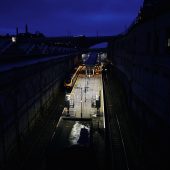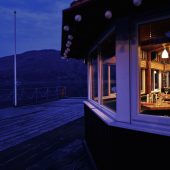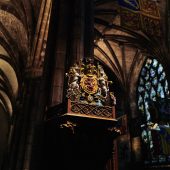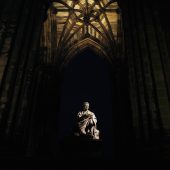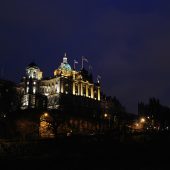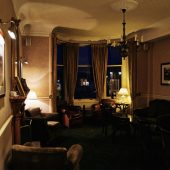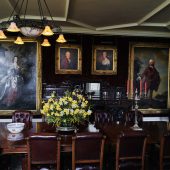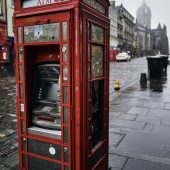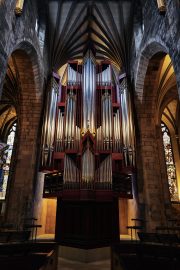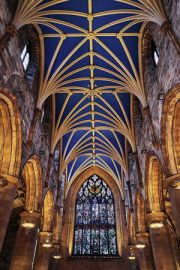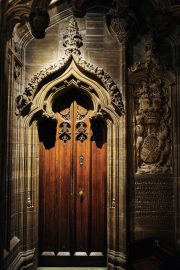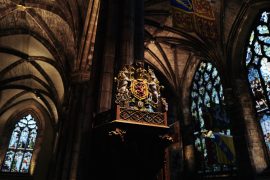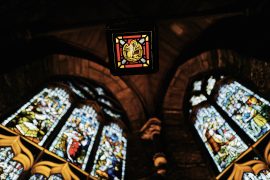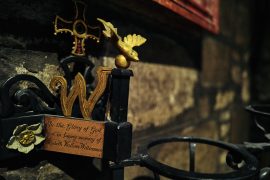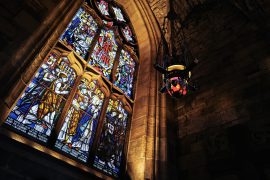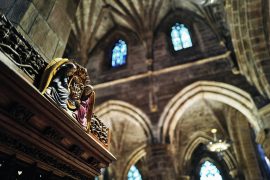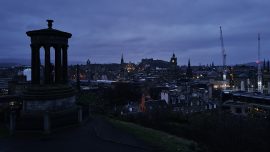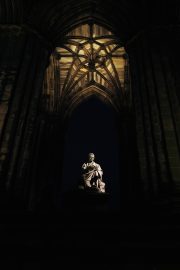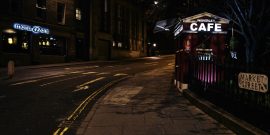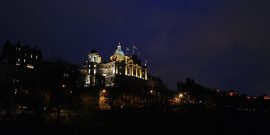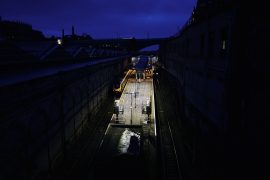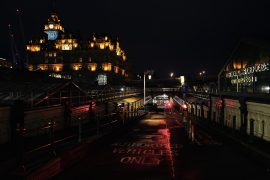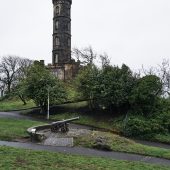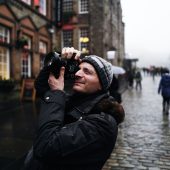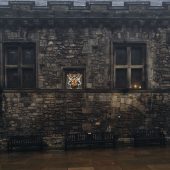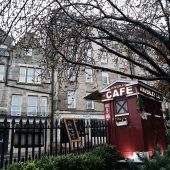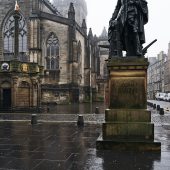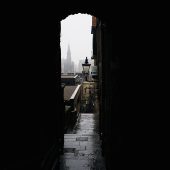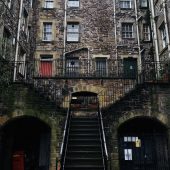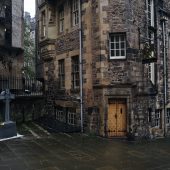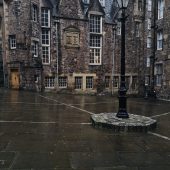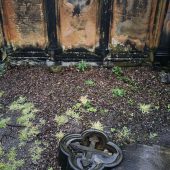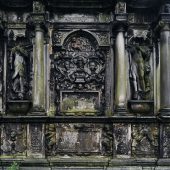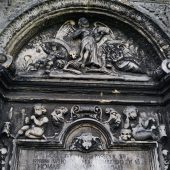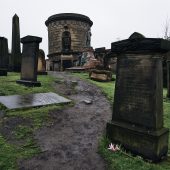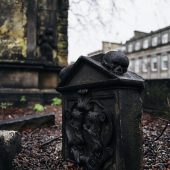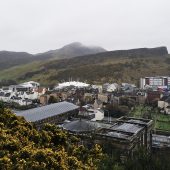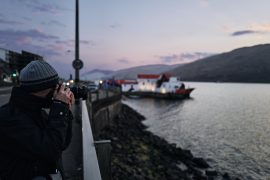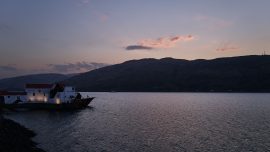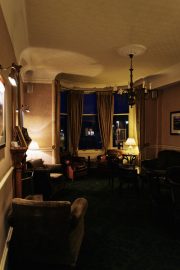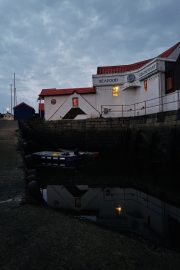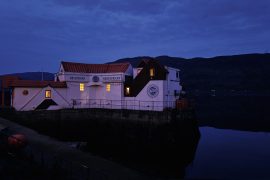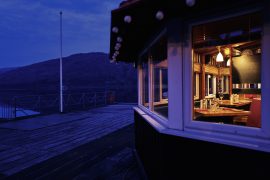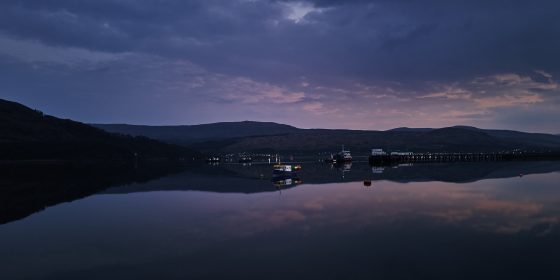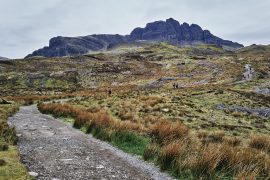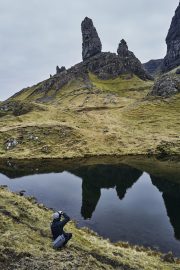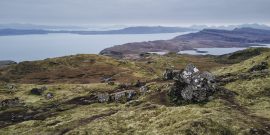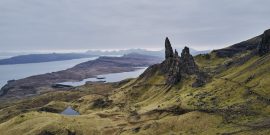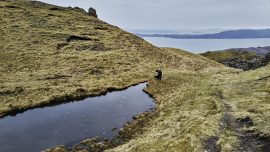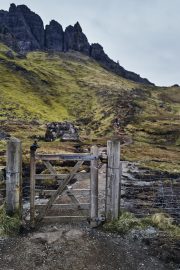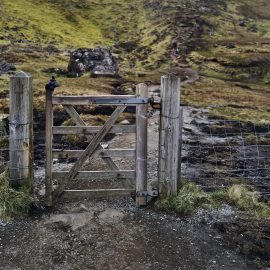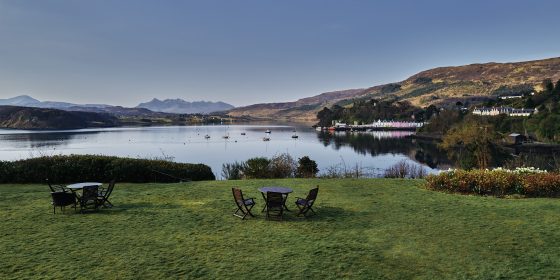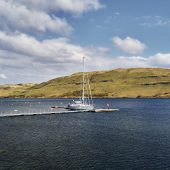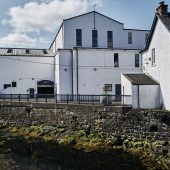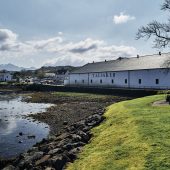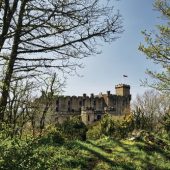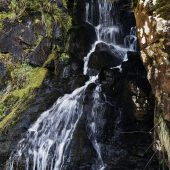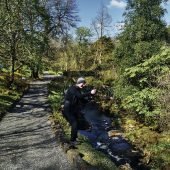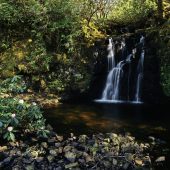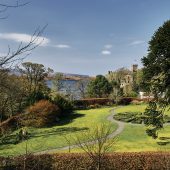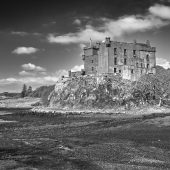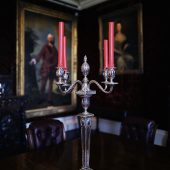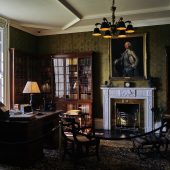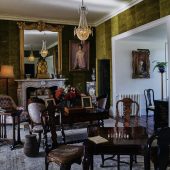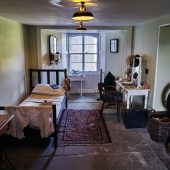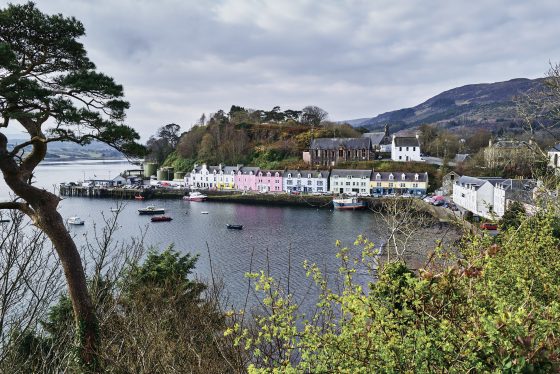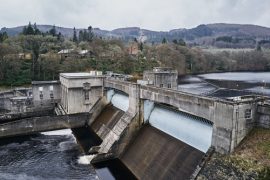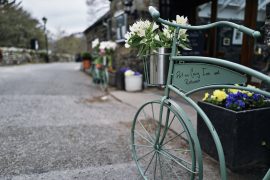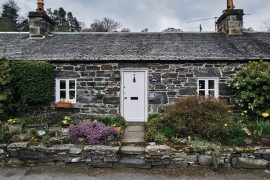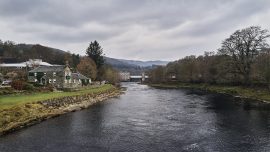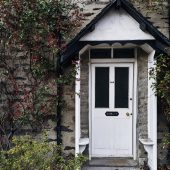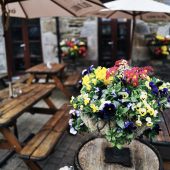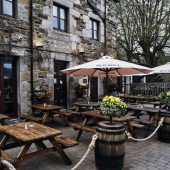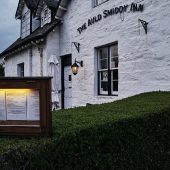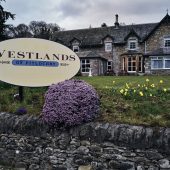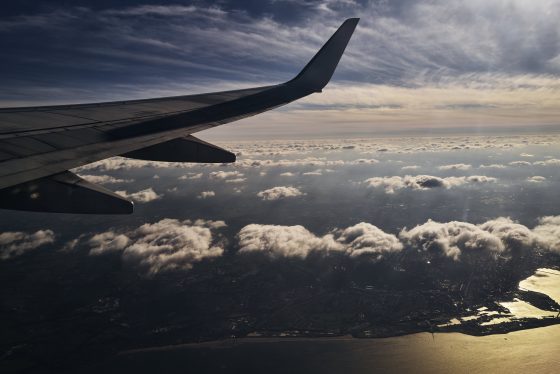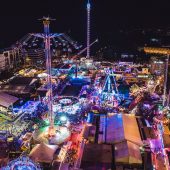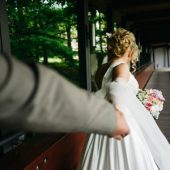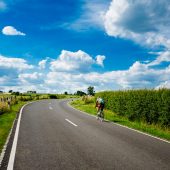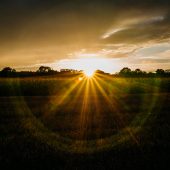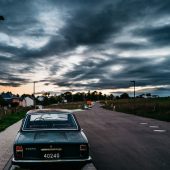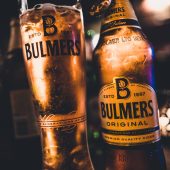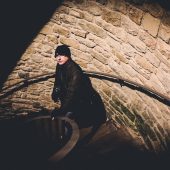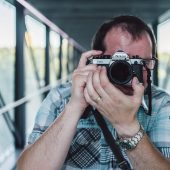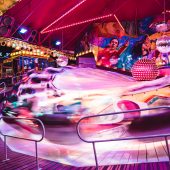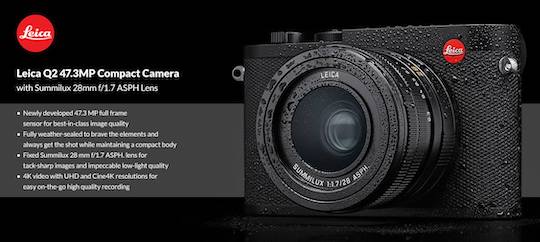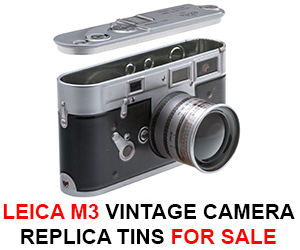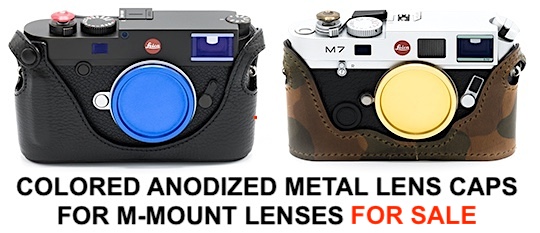The Leica Q2 as a travel camera by Olivier Glod (Website | Flickr | Twitter):
A couple of weeks ago, I went to Scotland with my best friend’s brother and took along the Leica Q2, the Fuji GFX 50R and the DJI Mavic 2 PRO. While a separate blog post about the complete trip will follow later, I thought I would start off with one focusing on the Leica Q2 and how it performed when used as a travel camera.
First things first; why did I take the Q2 along, when I already had the GFX50R with the 32-64mm f/4 in the bag?
Well, you could certainly use the chainsaw you just took down a tree with to also slice and dice some ham, as well as butter your bread, but it wouldn’t be as efficient, nor as enjoyable, as using the appropriate cutlery now, would it? 😉
I mostly planned to use the Q2 when I wanted to remain discreet and / or couldn’t be bothered to setup a tripod, but rather do some run ‘n gun type of shooting. Spoiler alert: this worked WONDERFULLY well!
Let’s start at the beginning: our trip was a week long and we spent two nights in Edinburgh, one in Fort William (on our way up to the Isle of Skye), three in Portree and one in Pitlochry (on our way back down to Edinburgh airport).
So, when and how did I use the Q2 in Edinburgh?
The first two days were rather murky. The whole city was covered in fog and it rained nearly all the time. While it mostly was a constant drizzle, it also turned into thicker drops every now and then.
We started off with St. Giles’ Cathedral, which turned out to be the perfect playground for the Q2. I simply set it to Auto ISO with a minimum shutter speed of 1/15 sec and adjusted the aperture according to how much I wanted in focus. The 28mm focal length allowed me to get some great wide angle shots, and the close focus distance was just perfect for isolating some exquisite details in the wood carvings, although I didn’t even give the dedicated macro position on the lens a spin.
The same settings were also spot-on for night / early morning photography, when I was just too lazy to setup a tripod 😉
Weathersealing was a boon, as we spent quite a bit of time outside. At first, I carried the Q2 in my bag (a Peak Design Everyday Sling 10L) and only took it out when I wanted to take a picture. However, constantly taking it out and putting it back in soon began to annoy me, so I decided to just leave it dangling on its strap (an Artisan & Artist Pin-Dot) by my side, only wiping the lens clean from time to time. Yes, it got wet. Quite a bit, actually, but it never skipped a beat.
On day three of our trip, we ventured up to Fort William and arrived there in the late afternoon. Just in time to drop off our bags at the hotel, quickly walk up and down High Street and catch a couple of sunset shots along the shoreline.
Unfortunately, I didn’t sleep well, so I was up early again on day four and headed out for a couple of early morning / sunrise shots. It felt great to have this small, lightweight, yet highly capable camera with me. Once again, all of these were handheld shots, no tripod in sight.
The rest of that day was spent traveling to Portree, with stops at the Corpach shipwreck, Glenfinnan and Eilean Donan Castle. I broke out the GFX for those shots, so you will have to wait for my Scotland blog post for more about these brilliant locations 😉
On the fifth day of our trip, a hike up the Old Man of Storr provided some great opportunities for handheld landscape shots / bts shots of my travel companion with the Q2 always at the ready, while the GFX and the Mavic were safely stored in my backpack (a Peak Design Travel Backpack 45L) until we reached the viewpoint at the top.
I really love the 3D pop of this shot, with the gate just jumping out of the frame. This was shot wide open at f/1.7.
The first image shows the complete shot, while the second one is a crop from the first one.
The rest of the day, though, was spent with the GFX and the Mavic, as Kilt Rock and Lealt Falls were well suited for a slower, more methodic approach.
Day six started off with a visit to Sligachan and the GFX was the only camera I used at this location. Plenty of long(ish) exposures here.
The magnificent view we enjoyed every day with our morning coffee and every evening at dinner 🙂
The next stop was the Talisker distillery in Carbost. Unfortunately, the next tour we could have gotten a spot on would have been about an hour and a half later, so we decided to just take a couple of pictures outside and be on our way again.
While our final destination of the day was Neist Point, we had some time to spare after our (too) brief stop in Carbost, so we decided to first head to Dunvegan Castle on our way up. This proved to be a brilliant idea…
The gardens surrounding the castle were divided into different areas, such as the water garden, the walled garden or the forest walk garden. IBIS allowed me to close the aperture to f/11 and the resulting 1/15th second exposure resulted in silky smooth waterfalls.
After we were done with the gardens, we headed into the castle. Once again, I used the stabilization to keep ISO low when I decided to stop down and increase depth of field, or opened up the aperture to f/1.7 when I wanted that beautiful 3D-pop.
Dynamic Range is one of the topics I haven’t written about yet. Let’s just say that it’s excellent, as with most current digital cameras nowadays.
I absolutely loved every second of Dunvegan Castle & Gardens and it’s a site I definitely would recommend to everybody making a trip to the Isle of Skye.
For the final stop of the day, Neist Point, I only used the GFX and the Mavic, because 28mm just didn’t cut the mustard for the shots I had in mind.
All good things must come to an end, and we left the Isle of Skye on day seven after a last, healthy breakfast at the Cuillin Hills Hotel.
Quickly snapped this on our way out of Portree. It’s a shame we didn’t get to explore the town we stayed in for three days. Ah well… There’s always next time…
A large chunk of that day was spent driving to our final stop before heading home the following day; Pitlochry.
We arrived at the hotel at around 2 p.m., dropped off our bags and headed to the Dam Visitor Center, where we grabbed a couple of sandwiches.
Unfortunately, the sky was rather drab and gray. This was a shame, as Pitlochry seemed to be a quaint little village, full of lovely details, heart and soul.
As I went into full-blown tourist / snapshot mode, I once again really enjoyed the 28mm focal length. I know that this is rather subjective and many people see the world in either 35 or 50mm, but having the option to shoot wide and crop in a bit later on is usually easier than stitching a panorama out of multiple shots to get more into the frame.
The extensive hiking over the past week as well as the long drive had taken its toll on our energy, so we decided to call it a day sometime around 7:30 p.m. and get a good night’s sleep.
The eight and final day was spent at the airport, so not much to write here, except leave you with the final shot of Edinburgh as seen from above the clouds 🙂
This is actually the first time ever I grabbed one of those classic “wing-shots” 🙂
I think it should be pretty clear by now, that I’m absolutely smitten with this (nearly) pocket-sized powerhouse and can wholeheartedly recommend it as the perfect travel camera.
Would I change anything?
Hmmm… Maybe add a swivel- / flip-screen for those low or high angle shots, but that’s about it.
Although, I do dream about two screw-on conversion lenses akin to those on the Fuji X100F. Maybe one to take it down to 21mm, and another one to increase focal length to 50mm? Oooohhhhh, now THAT would be REALLY sweet 😉
Or maybe another body sporting a 50mm f/1.7 lens? 😉
BONUS: QUICK COMPARISON WITH THE Q1
If you have made it this far; BRAVO! You deserve a little non-Scotland related treat 😉
I actually owned a Leica Q (the non-P version) for the better part of two years, and shot quite a bit with it. Just loved that little black box and used it for landscapes, photo walks, events, weddings, night shots and mostly my family photos. Even documented the birth of my second son with it 🙂
Here’s a quick selection:
So, why did I sell it? Well, the short version is: the Fuji X100F…
Anyway, back to the topic at hand: comparing the Leica Q2 to the Q1.
If you currently own a Q1 and ask yourself if it’s worth upgrading to the Q2, my answer will be a resounding: YES! WHAT ARE YOU WAITING FOR?
While there are quite a few differences between the Q1 and Q2, the three main improvements which sold me on the Q2, are the following:
Weather sealing
- I know, it’s “only” IP52, and there are quite a few great posts out there detailing how the Q1 survived horrendous abuse, but this one just gives me peace of mind (and I wouldn’t have shot in Edinburgh with the Q1 the same way I did with the Q2).
The new sensor
- While I generally don’t “need” 47 MP, it’s nice to be able to crop in a bit further though, than I would with 24 MP. Also, it’s not only about resolution: the Q1 sensor produced brilliant images in good light. However, as soon as the light level dropped, I better made sure to expose correctly and not be too harsh on the post-processing side at the risk of the files falling apart. Banding was a real issue for me.
The new dedicated on/off switch
- I know this will be trivial to some (many?) of you, but I HATED the combined power / drive switch on the Q1. Switching it on, I would often find myself in continuous instead of single-shot drive. Trying to go back just one step would inevitably lead to me switching it off instead. This is such a terrible design choice and I wonder why on God’s green earth the good folks at Wetzlar thought this would be the way to go…
I know I said I would only mention the three main improvements, but I just have to give a (very) honorable mention to the new, beefier battery, though (yes, I know it’s not really new, as it’s the same one used in the SL…) . I was really impressed how long I was able to shoot before running out of juice. As a reference: I didn’t even go through two charges in Scotland. The first battery lasted until we left Dunvegan Castle!
If you want to see more Q2 pictures from our Scotland trip, feel free to have a quick look at this Flickr album 🙂
If you have an interesting idea for a guest post, you can contact me here.
